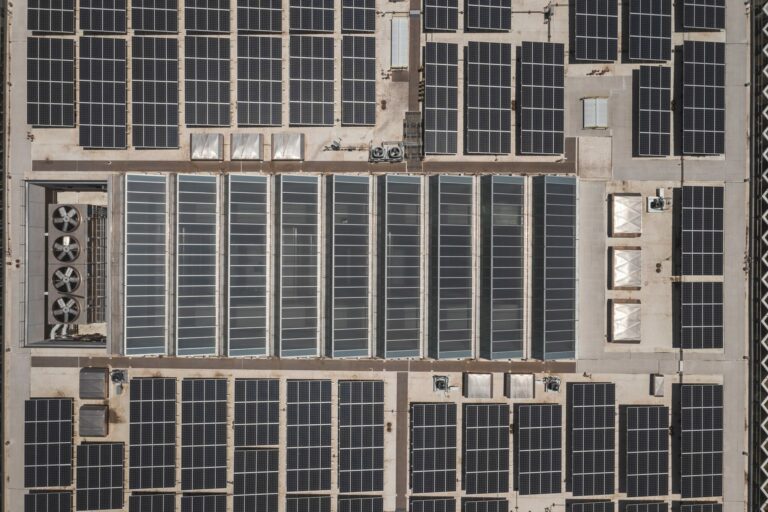Customer installations, such as an energy supply system in an apartment building, can provide end users with a local energy supply outside of the regulated grid. The operation of such systems receives privileged treatment under energy law, which is why the solution is economically appealing, for example to supply energy to a neighbourhood. However, an IKEM study published today makes it clear that the operation of such systems is fraught with legal uncertainty because the definition of ‘customer installation’ remains ambiguous. The study was co-authored by IKEM research assistants Victoria Harsch and Lioba Thomalla.
‘Electricity generated and consumed within a customer system is not subject to apportionment and levies,’ said Harsch. ‘Operators are also not subject to the strict unbundling requirements. These privileges enable a cost-effective energy supply and advance the energy transition, because local consumers benefit directly from the renewable energies generated within the customer system. This creates acceptance for an expansion of renewables, which is urgently needed.’
‘Our study shows that there is uncertainty regarding what requirements a plant must fulfil in order to benefit from these privileges,’ said Thomalla. ‘So far, this circumstance has led to a large number of court decisions, which haven’t had consistent results. The system operators often only find out whether their system can be classified as a customer installation in the course of official abuse proceedings.’
‘The legislature should clarify the requirements for customer installations to ensure that they are applied with legal certainty,’ the authors wrote in the study. ‘In addition, the introduction of an application requirement, similar to that of the closed distribution network, would increase legal and economic certainty for operators. This would allow them to clarify in advance whether their infrastructure is a customer installation.’
For their study, the researchers evaluated current case law and created a tabular overview, which classifies trends in case law and clearly presents indications for and against the existence of a customer installation. The overview is intended to serve as a guide for potential operators of customer installations until the legislature has improved the current framework.
The study was carried out as part of the HybridBOT project, which is examining various topics associated with the grid-serving operation of electrical and thermal energy systems in the context of sector coupling.



